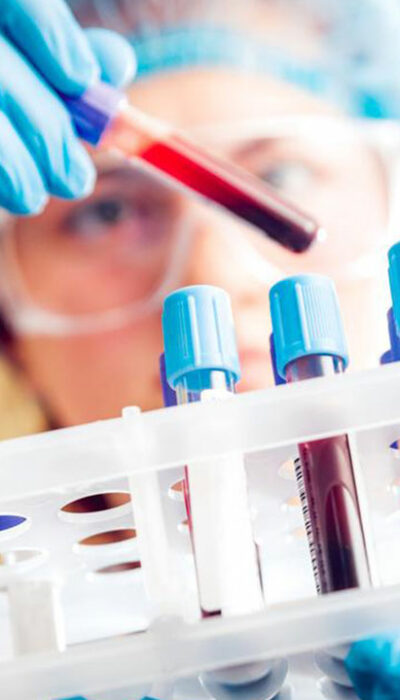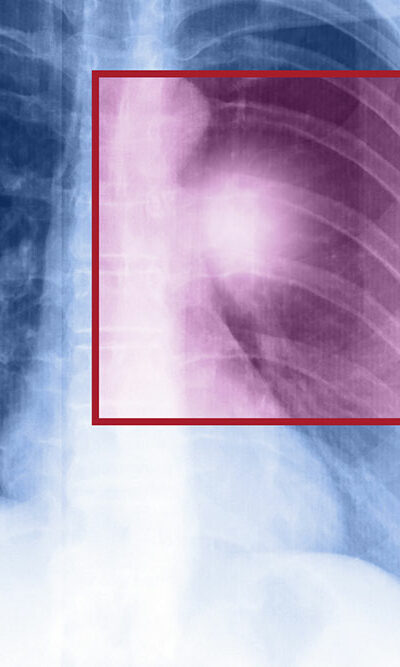
How To Treat Hemorrhoid At Home
A hemorrhoid is often referred to as piles. It pertains to inflated blood vessels positioned in the soft muscles of the walls of the bottom portion of the rectum and anus. Hemorrhoids manifest in the following forms: · Mucus discharge · Anal itching · Painless rectal bleeding accompanied by bowel movement They grow internally and externally in the anus and rectum. Hemorrhoids are quite common these days and disappear on their own in a short period. It can lead to a certain degree of discomfort. You can fall back on home treatments to get instant hemorrhoid relief from pain. Internal and external hemorrhoids Internal hemorrhoids are located above the pectinate line. They are enclosed with cells that are identical to those in the intestines. External hemorrhoids appear below the line. They are wrapped with cells that look like the skin. Hemorrhoids become a topic of concern only in case they are inflammatory. This results in pain, itching, and likely profuse bleeding. Both internal and external hemorrhoids are easily treatable. They heal automatically. As an exception, hemorrhoid could produce a problem. Anemia can happen in event of unceasing blood loss from hemorrhoid. Anemia is a deficiency of red blood cells. Internal hemorrhoids can have their blood feed discontinued. This situation leads to strangulated hemorrhoids. This, in turn, causes acute pain. Causes of hemorrhoids Repeated strain within the anal or lower rectal veins caused due to the following reasons can be more prone to irritation: · Pregnancy · Fitness · Standing or sitting for long periods · Spending a long time on the toilet · Chronic constipation or diarrhea · Eating a low-fiber diet · Coughing · Sneezing · Puking · Holding your breath while straining to do physical labor This is an underlying presumption about the causes of hemorrhoids. 5 natural home remedies for seeking hemorrhoid relief Having the right treatment for enlarged hemorrhoids is of utmost importance since they worsen over time.










